Zamknij arrow_back
- Nowości
-
Mapy i publikacje
add remove Mapy papierowe add removePublikacje papierowe add remove
-
Nawigacja
add remove Zegary add removeBarometry add removeTermometry , Higrometry, Barografy add removeAreometry (Densymetry) add remove
-
Sygnalizacja
add remove Lampy Nawigacyjne, Szperacze add removeŻarówki add removeLatarki add removeZnaki dzienne add remove
-
Środki ratunkowe
add remove Kamizelki add removeTratwy add removeKombinezony ratunkowe add removePirotechnika morska add removeKoła, Pławki, Tyczki add removeUprzęże, Linki, Taśmy Bezpieczeństwa add removeReflektory radarowe add removeBosaki, Wiosła add remove
-
Elektronika morska
add remove Radiotelefony add removeOdbiorniki Pogody add removePLB / AIS MOB, OLAS add removeRadiopławy, Transpondery add removeWiatromierze add removeAkcesoria add remove
-
Sprzęt pożarowy
add remove Akcesoria add remove
-
Wyposażenie pokładowe
add remove Drabinki Pilotowe, Ewakuacyjne add remove
- Nowości
-
Mapy i publikacje
add remove Mapy papierowe add removePublikacje papierowe add remove
- Nawigacja add remove
- Sygnalizacja add remove
- Środki ratunkowe add remove
- Elektronika morska add remove
- Sprzęt pożarowy add remove
-
Wyposażenie pokładowe
add remove
Ships' Routeing, 2019 Edycja
Both the safety of shipping and the cleanliness of oceans are promoted in many ways, one of which is
the continuing development of routeing measures to control the navigation of vessels and to monitor
their progress.
The measures that are described or defined in parts A and H of this publication are individually
described in parts B (traffic separation schemes and inshore traffic zones), C (deepwater routes),
D (areas to be avoided), E (other routeing measures, such as recommended tracks, two-way routes
and recommended directions of traffic flow), F (the rules and recommendations on navigation that are
associated with particular traffic areas and straits), G (mandatory ship reporting systems, mandatory
routeing systems and mandatory no anchoring areas) and H (archipelagic sea lanes).
This edition incorporates routeing measures that have been adopted before July 2019.
the continuing development of routeing measures to control the navigation of vessels and to monitor
their progress.
The measures that are described or defined in parts A and H of this publication are individually
described in parts B (traffic separation schemes and inshore traffic zones), C (deepwater routes),
D (areas to be avoided), E (other routeing measures, such as recommended tracks, two-way routes
and recommended directions of traffic flow), F (the rules and recommendations on navigation that are
associated with particular traffic areas and straits), G (mandatory ship reporting systems, mandatory
routeing systems and mandatory no anchoring areas) and H (archipelagic sea lanes).
This edition incorporates routeing measures that have been adopted before July 2019.
Podobne z kategorii
Availability: 2 In Stock
This publication presents engineering specifications for fire safety equipment and systems required by SOLAS chapter II-2 concerning:
- international shore connections
- personnel protection
- fire extinguishers
- fixed gas fire-extinguishing systems
- fixed foam fire-extinguishing systems
- fixed pressure water-spraying and water-mist fire-extinguishing systems
- automatic sprinkler, fire detection and fire alarm systems
- fixed fire detection and fire alarm systems
- sample extraction smoke detection systems
- low-location lighting systems
- fixed emergency fire pumps
- arrangement of means of escape
- fixed deck foam systems
- inert gas systems
- fixed hydrocarbon gas detection systems.





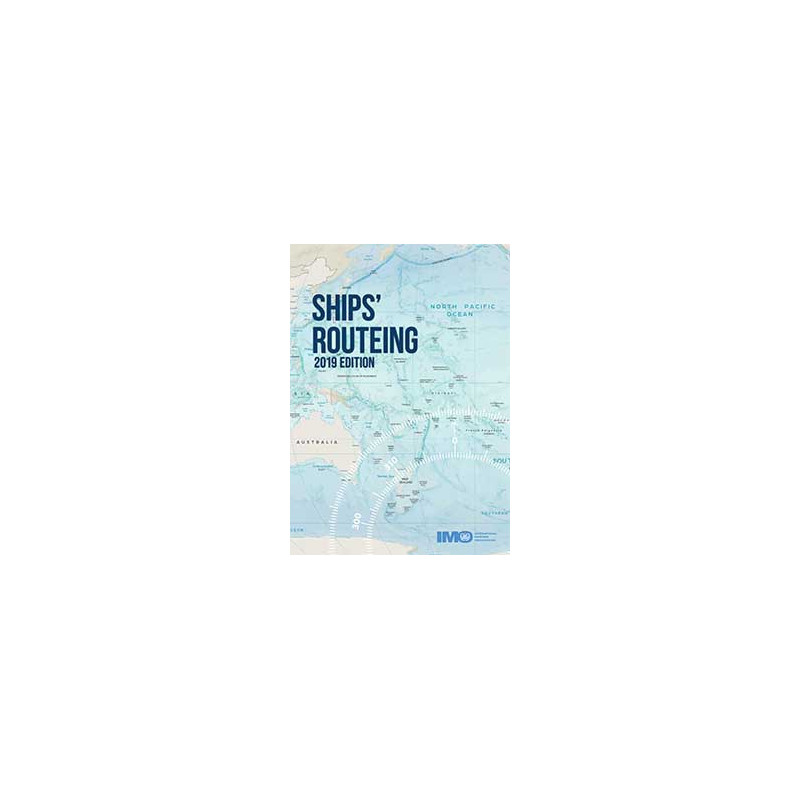

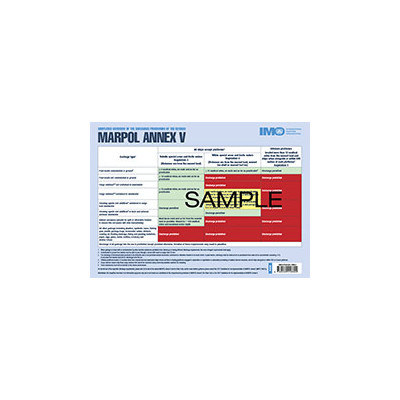
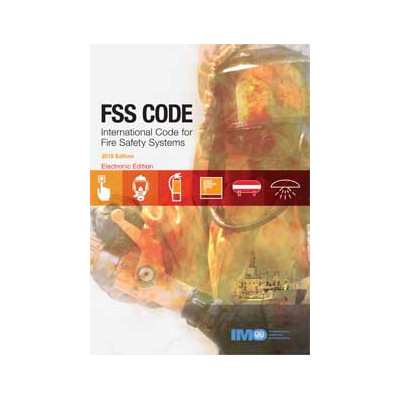
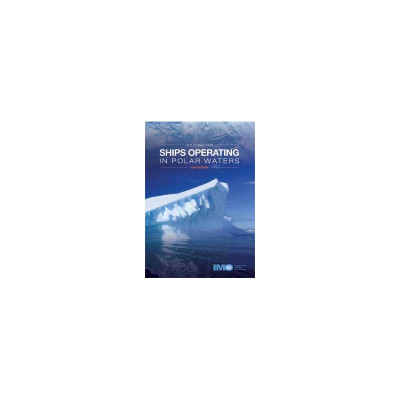
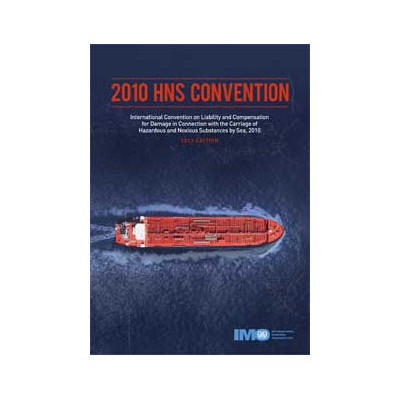

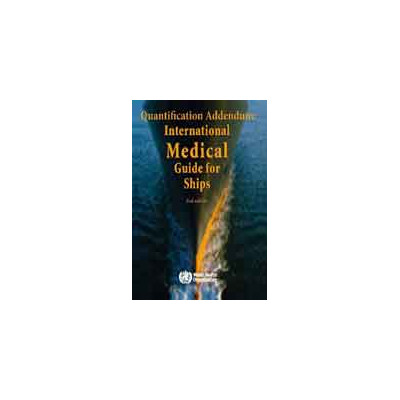

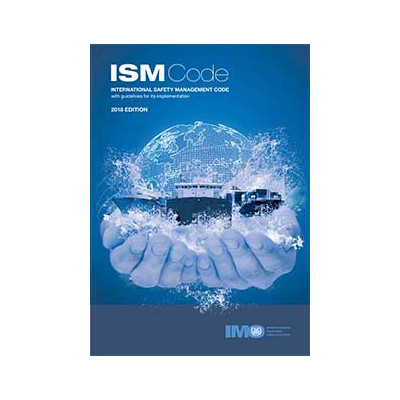
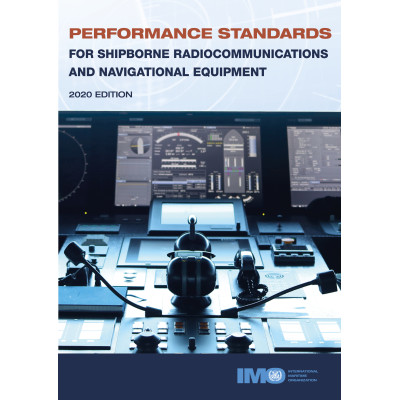
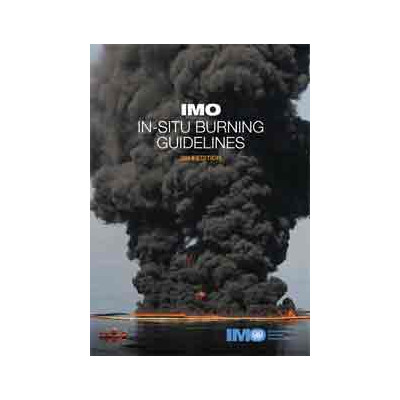
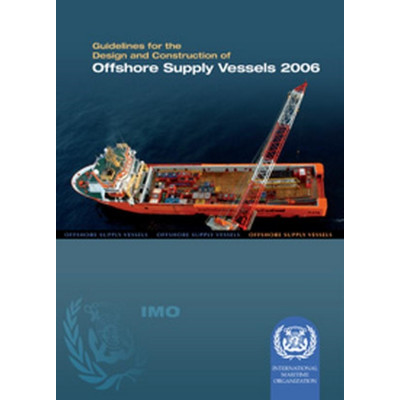
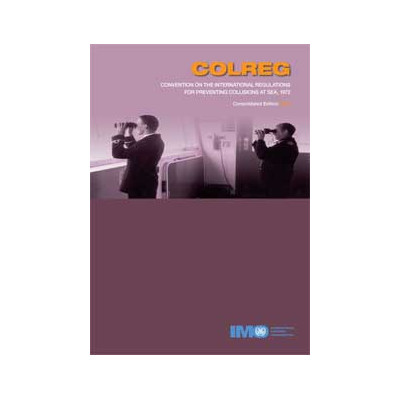
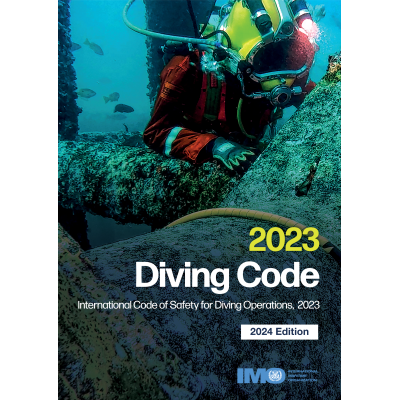
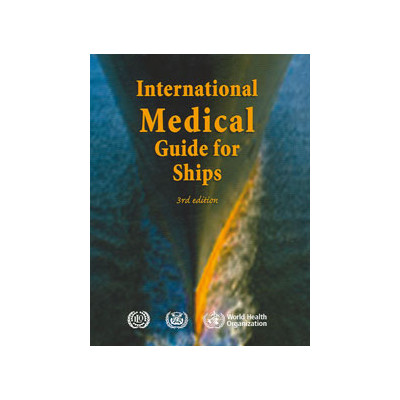
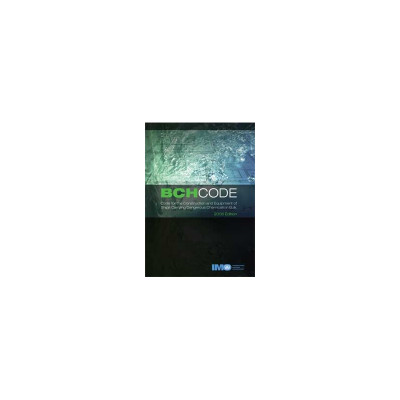
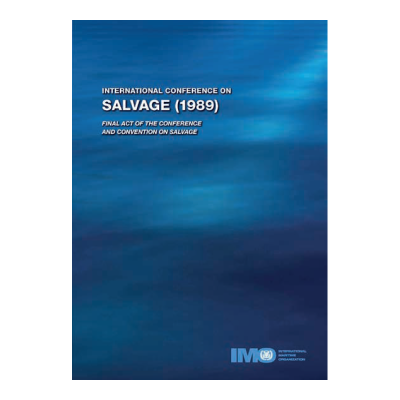
 Cookies
Cookies